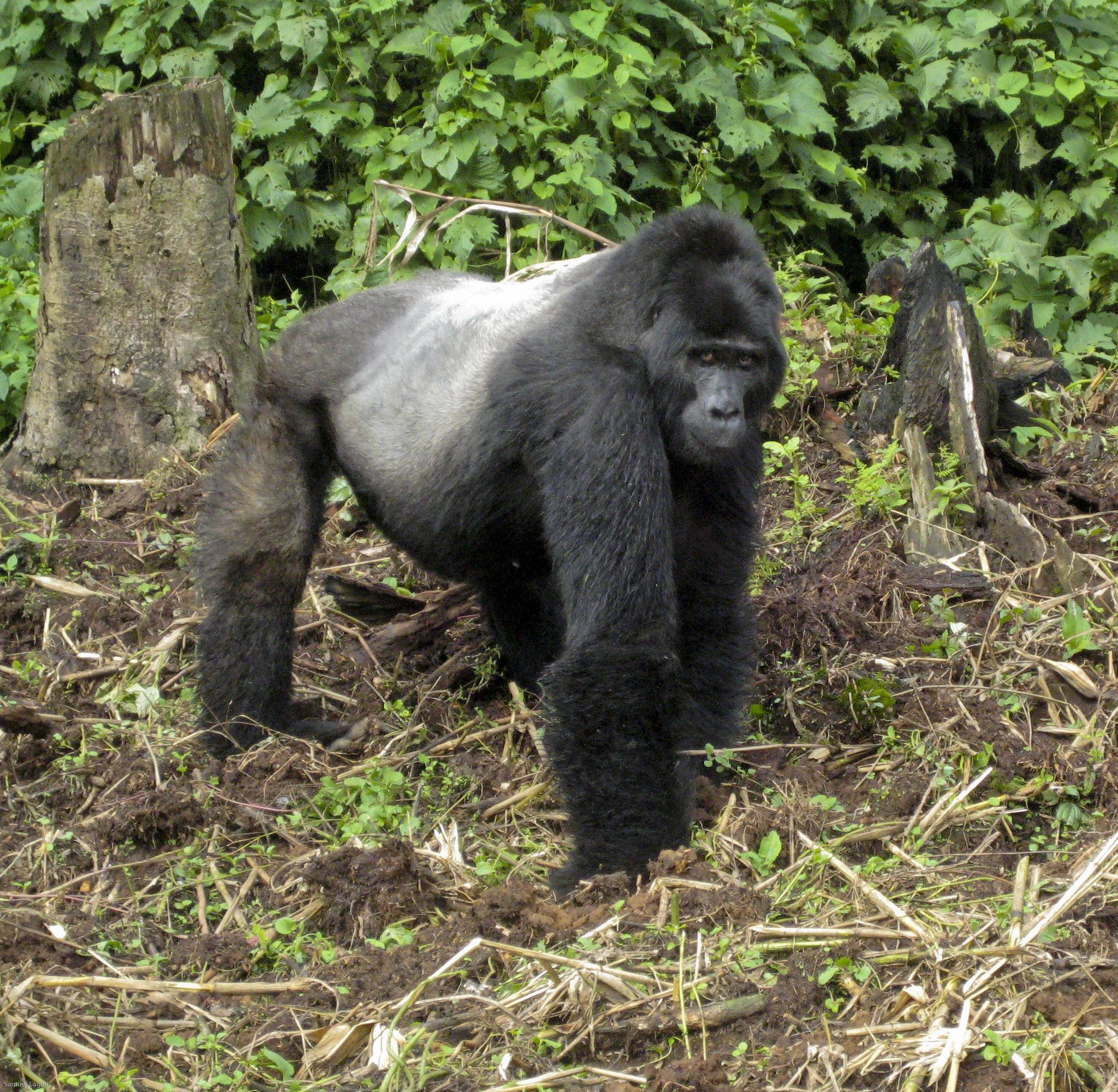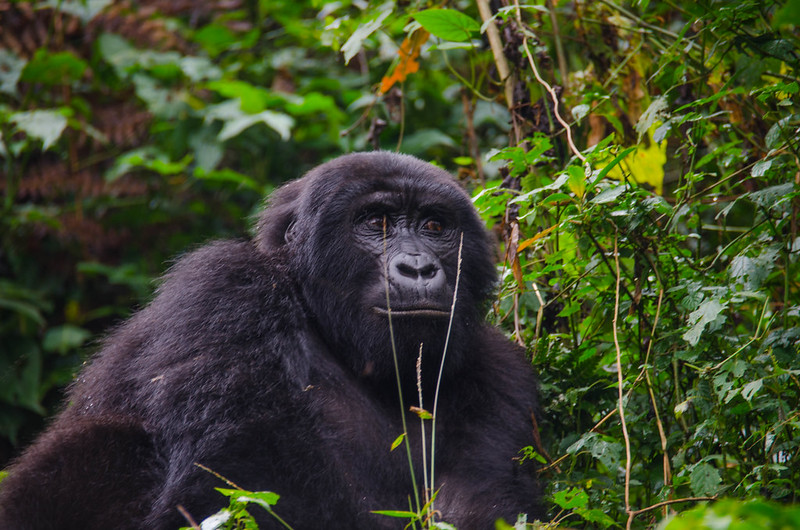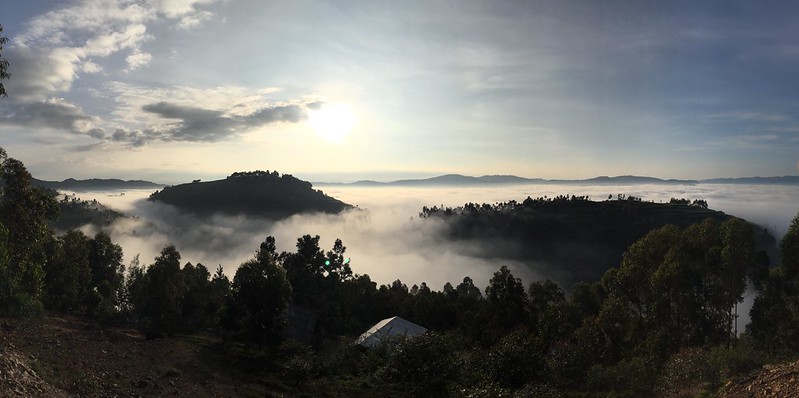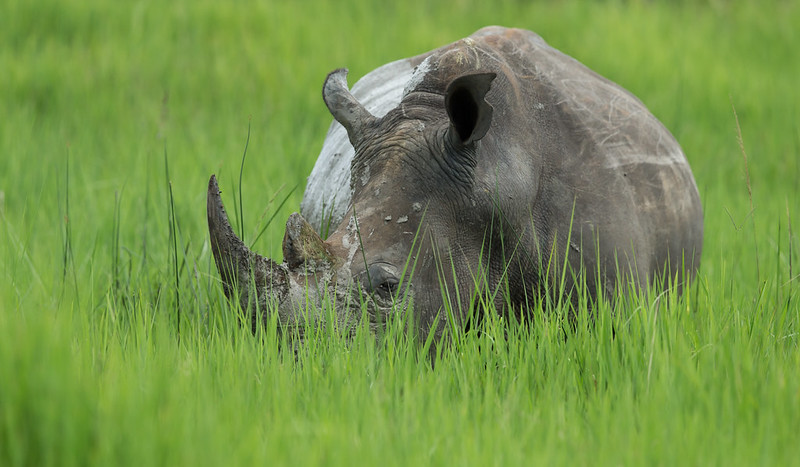The Best Time to Visit Uganda.
The “Pearl of Africa,” as Uganda is sometimes known, is home to beautiful scenery, interesting animals, and a long history of cultural preservation. If you want to have an experience you won’t soon forget, whether you’re planning a safari in Queen Elizabeth National Park, a Nile River cruise, or gorilla trekking in Bwindi Impenetrable Forest, you must know when to visit Uganda. In this piece, we’ll go over the top times of year to visit Uganda based on weather, wildlife watching, and significant events.
Comprehending The Climate of Uganda
Because of its proximity to the equator, Uganda has a tropical environment with mostly consistent temperatures all year round. But there are two distinct seasons in the nation: the dry and the wet. Having knowledge of these seasons will assist you in selecting the optimal time to visit.
December–February and June–August constitute Uganda’s dry season. Sunlight and lesser humidity make these months perfect for outdoor pursuits like climbing, gorilla trekking, and wildlife safaris. Daytime highs are between 24 and 30 degrees Celsius (75 and 86 degrees Fahrenheit), with lower lows at night.
March through May and September through November are the months when it rains the most. The greater rains that occur during these months might make it difficult to travel on some paths and roads. But when the weather warms up, the scenery turns verdant, and parks are less busy, making for a more peaceful experience. Average daytime highs range from 68 to 82 degrees Fahrenheit (20 to 28 degrees Celsius).
When to Go Gorilla Expeditions?
One of the most popular things to do in Uganda is go gorilla trekking, which is at its finest from December to February or from June to August, when it’s dry. Forest routes in Mgahinga Gorilla National Park and Bwindi Impenetrable Forest are now simpler to traverse thanks to the dry weather, and the likelihood of rain is reduced.

It is recommended to reserve your gorilla trekking permits in advance, especially during these high seasons, since they tend to sell out fast. The dry season offers the most pleasant hiking conditions, and the experience of witnessing mountain gorillas in their native environment is really unforgettable.
When to Go on a Safari to See Wild Animals
Again, the dry season is ideal if wildlife safaris are your main focus. Wildlife abounds in the savannahs of Queen Elizabeth, Murchison Falls, and Kidepo Valley National Parks from June to August and December to February, respectively. The dry weather compels animals to congregate near water sources, enhancing the experience of wildlife viewing.
In these months, game drives are more likely to be rewarded with sightings of elephants, lions, buffalo, and other antelope species. An additional perk of going on safari during the dry season is that you’re less likely to get malaria since there are fewer insects.
Areas to Go Bird Watching
More than a thousand bird species call Uganda home, with many of them being uncommon or unique. Although you’ll have a great experience birding at any time of year, the rainiest months (March–May and September–November) are ideal. The mating season for resident species is in full swing throughout these months, giving spectacular displays of plumage and activity, while migratory birds from Europe and northern Africa arrive in Uganda around this time.
Wetlands, woodlands, and savannahs of Uganda come alive during the rainy seasons, providing birdwatchers with the perfect opportunity to explore the varied ecosystems of sites like Lake Mburo National Park, Mabamba Swamp, and Kibale Forest.
Major Celebrations
Traveling to Uganda during a cultural festival or other big event might make your experience even more memorable. Among the noteworthy occurrences are:
Thousands of people from all over the globe go to the Nyege Nyege Festival every September for the music and arts. With the picturesque River Nile in Jinja as a background, this event is a raucous ode to African music, dancing, and culture.
Although Kwita Izina is most often linked with Rwanda, the naming ceremony of the gorillas does have an impact on tourism in neighboring Uganda, because many visitors choose to visit both nations. It honors the preservation of mountain gorillas and is usually celebrated in September.
On June 3rd, hundreds of pilgrims flock to Namugongo, close to Kampala, to celebrate Uganda Martyrs Day, an event that honors the Ugandan martyrs. It has great religious and cultural importance in Uganda.
Preparation for Traveling During Wet Seasons
Traveling during the rainy season does have some advantages, albeit it is normally advised to do so during the dry season. When fewer people are visiting, you can really appreciate the breathtaking natural beauty of Uganda, and the landscape is at its most verdant and colorful. For those on a tighter budget, traveling during the rainy season might mean cheaper accommodations and tours.
Be warned, however; travel delays, dirt, and rain are all possibilities. If you want to make it through the rainier weather unscathed, be sure to bring along waterproof apparel and sturdy footwear.
Your interests and goals for your Ugandan vacation will determine the ideal time to go. The months of June through August and December through February are the driest, making them ideal for wildlife safaris and gorilla trekking. March–May and September–November, two of Uganda’s rainiest seasons, provide fantastic possibilities for bird viewing and seeing the country’s verdant surroundings.
It doesn’t matter what time of year you decide to come; Uganda is always an amazing location because to its beautiful landscapes, diverse wildlife, and friendly people. Uganda has something unique to offer every tourist, whether they want to hike through lush woods, cruise the Nile, or learn about lively local cultures.



